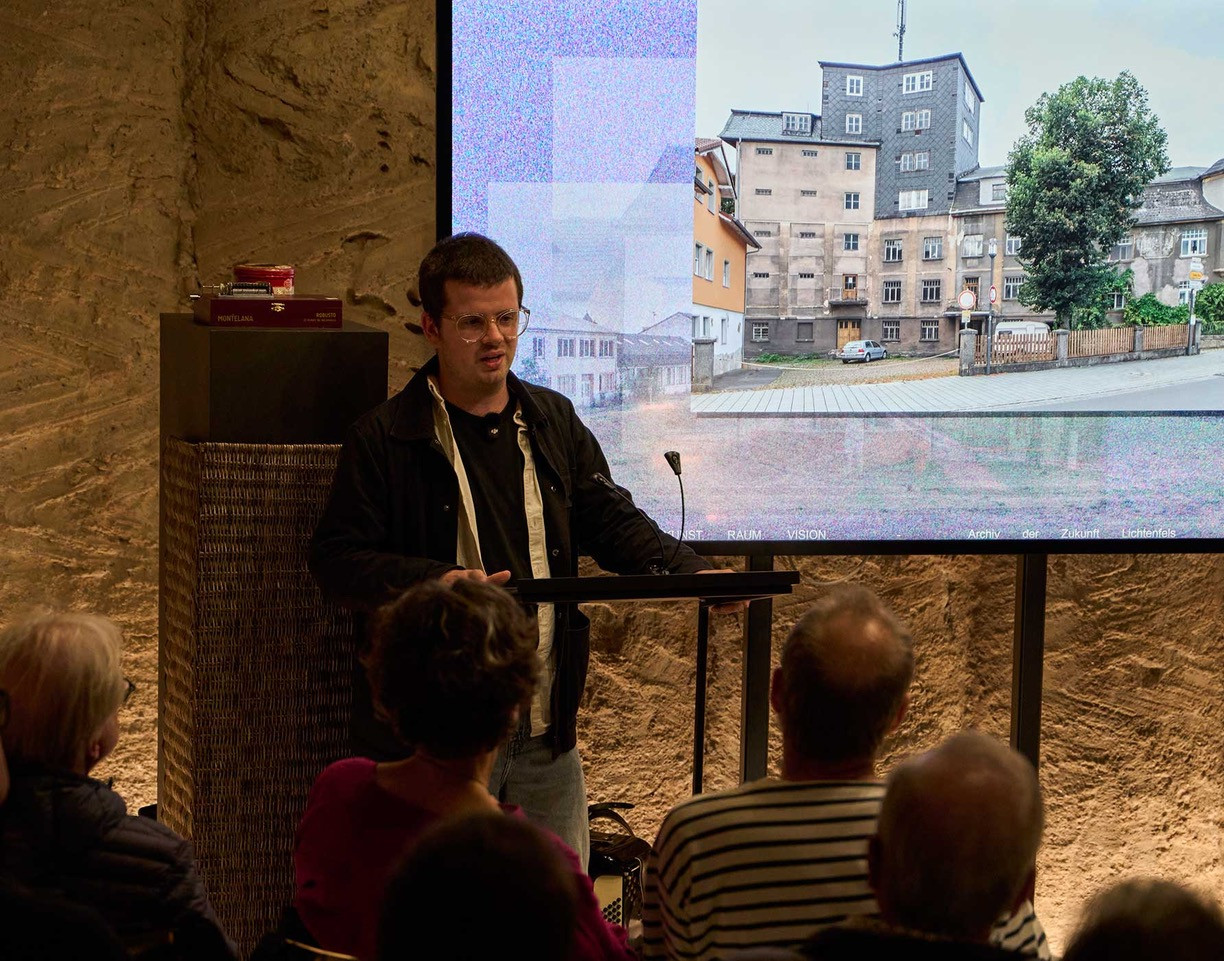
Small towns like Lichtenfels harbor unexpected urban potential—not only in their urban centers, but especially in their mostly monotonous residential areas. Lichtenfels becomes the prototype of a thought experiment developed by Paul Eis together with Victoria Holzinger, demonstrating which tools can be used to achieve vibrant densification—without building a single additional square meter.
Lichtenfels in Upper Franconia, a typical medium-sized town largely characterized by single-family home developments, serves as the starting point for this thought experiment, developed by Paul Eis together with Victoria Holzinger.
Single-family home developments offer peace and individual development, but also social isolation and the need to drive for every activity, such as leisure or work. We want to demonstrate that it is possible to create urban quality in residential developments without compromising the comfort of living in a green environment. And without having to build a single additional square meter!
Almost every house has unused rooms, for example, after children have moved out or after separations. However, moving to a smaller apartment is often out of the question, as home ownership usually has high emotional value.
The strategy takes advantage of precisely these small vacancies and relies not on legal restrictions but on voluntary participation and incentives—and even a small application can have an impact on the environment.
The core is a model, step-by-step guide that provides concrete tools for vibrant densification from both the perspective of homeowners and a higher-level perspective (e.g., city administration).
This examines potential impacts at both the local and regional levels, manifesting, for example, in mobility behavior and the overall quality of life.
The model is complemented by considerations of possible control mechanisms, which could potentially also be supported by AI. This opens up an approach that goes beyond the purely architectural and demonstrates how small-town structures can be reimagined and how living in green spaces can be combined with urban quality.
Here you can download Paul Eis’s lecture as a PDF file.